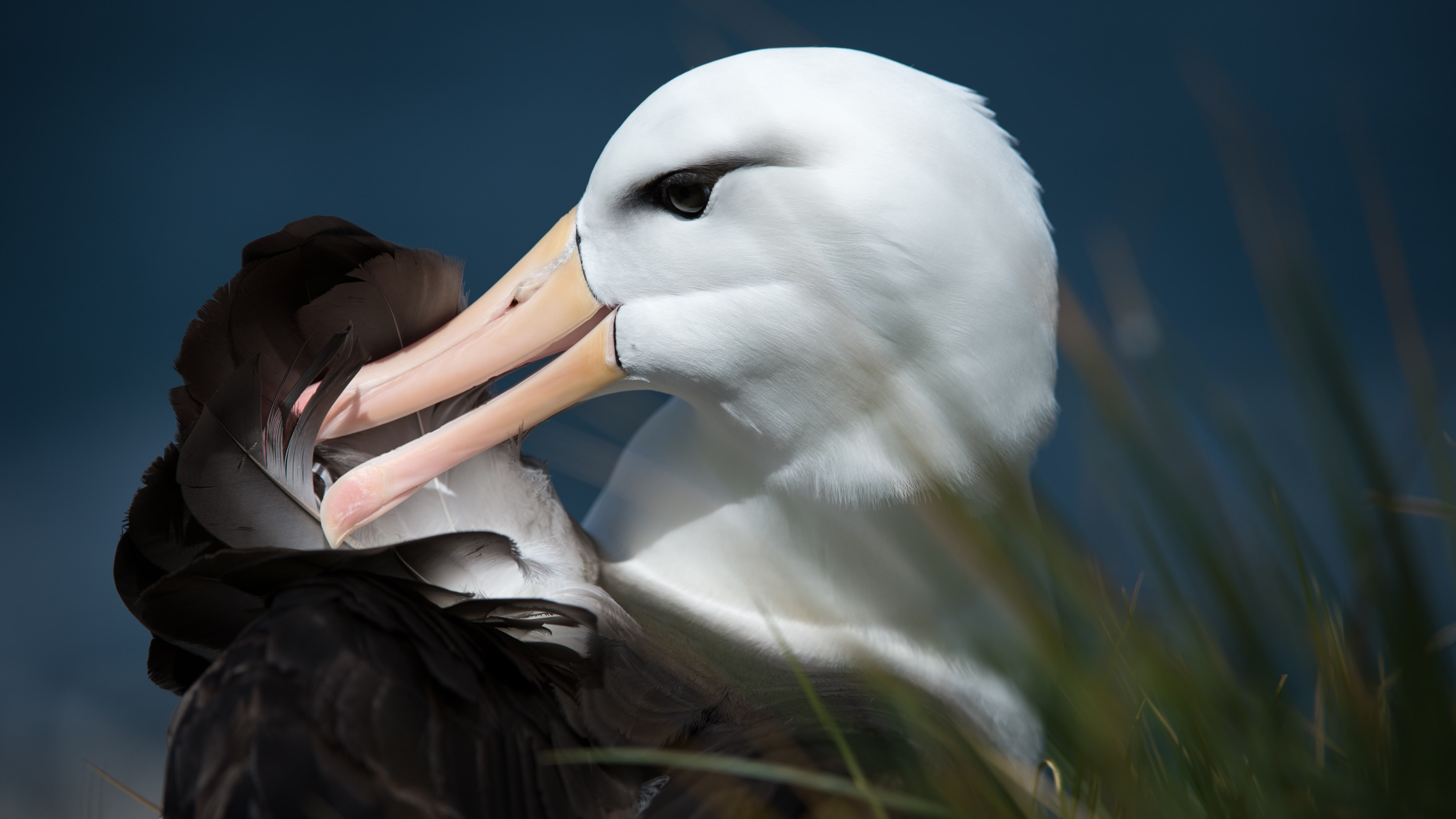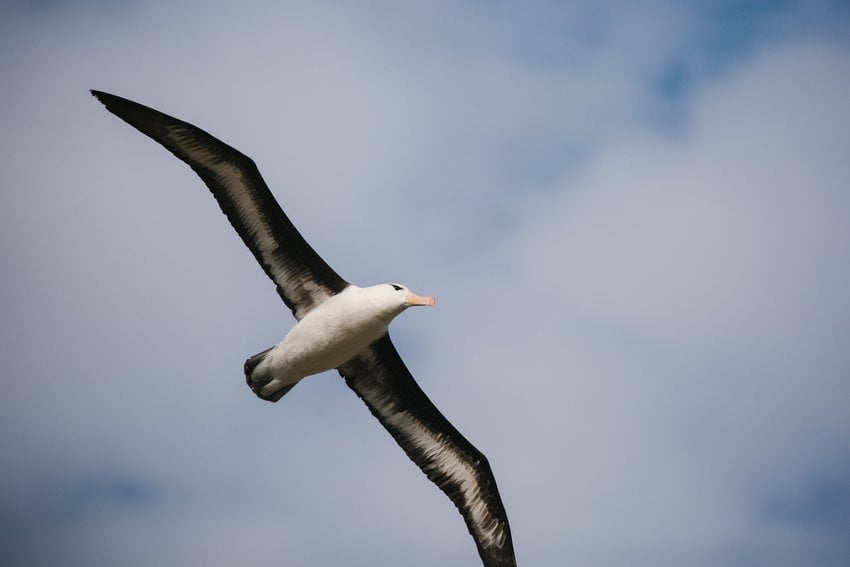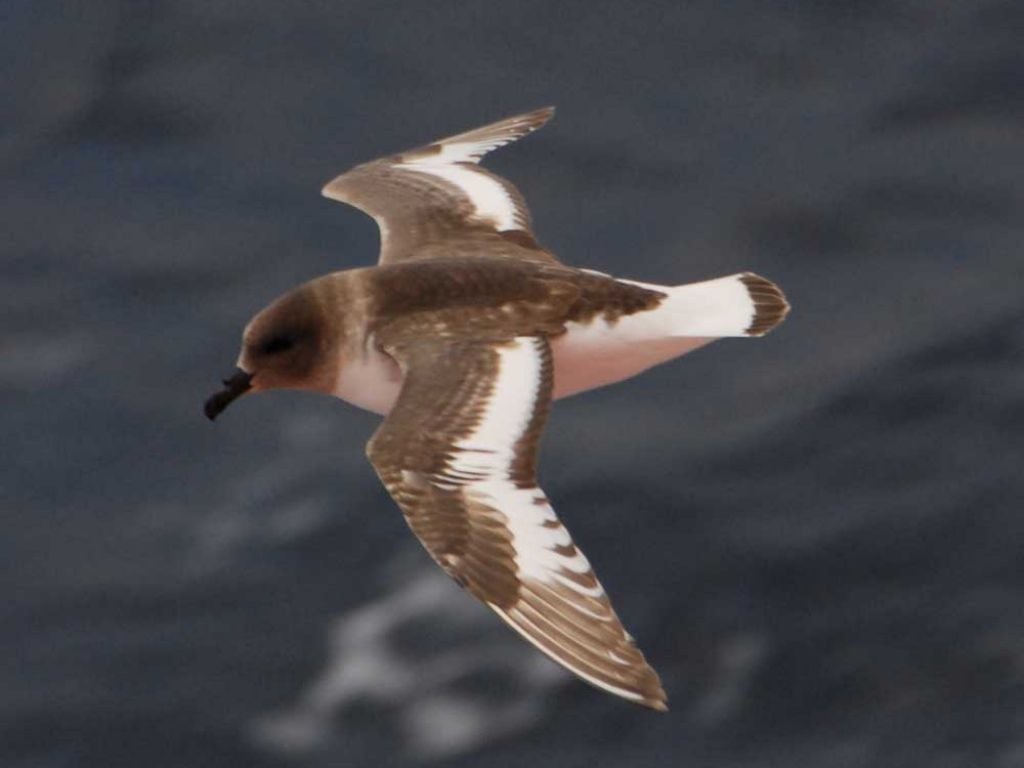Seabirds of South Georgia

Albatrosses and Petrels: Southern Ocean Specialists
The immensely productive Southern Ocean supports an extraordinary diversity and abundance of marine life, particularly seabirds. The most numerous and conspicuous of the seabirds flying above these southernmost seas are the albatrosses and petrels, collectively known as “tube-nosed” seabirds. From the deck of a ship bound for Antarctica, one could spend all day watching these graceful birds wheeling just above the waves on outstretched wings. Tube-nosed seabirds are perfectly adapted to a life wandering on the wind across vast open seas, except they have not figured out how to make a nest on the water. For this, they must return to land. Once you catch a glimpse of these beautiful and majestic birds, you will want to follow them over the horizon to the place where they congregate in their millions to raise their young. Your desire will be fulfilled on a polar expedition cruise to . Read on to learn more about the albatrosses and petrels breeding on this remote subantarctic island.
Albatrosses
Like other tube-nosed seabirds, albatrosses are expert fliers. They take maximum advantage of wind and the contour of waves as they glide almost effortlessly across huge distances in search of squid, fish and krill. Their distinguishing feature is their large size. The wandering albatross (Diomedea exulans) has a wingspan up to 12 feet (3.65 m), larger than any other living bird. Visitors to South Georgia may have a chance to see wanderers and their enormous chicks on Prion Island. Albatross pairs cement their lifelong bond with a marvelous repertoire of courtship displays. Perhaps the most beautiful of these is performed by pairs of light-mantled albatross (Phoebetria palpebrata), whose perfectly coordinated duet flights amaze early-summer visitors to at Gold Harbour, Cooper Bay, and elsewhere. Even more abundant are the black-browed albatross (Thalassarche melanophris) and the similar grey-headed albatross (Thalassarche chrysostoma), both of which nest on coastal clifftops and steep hillsides throughout South Georgia.

Petrels
Petrels are a diverse group of small to medium-sized seabirds. Like albatrosses, they have tubes on their bills for excreting excess salt obtained from drinking seawater. Most species are very graceful and their delicately beautiful flights are pure joy to behold. Although, “graceful” is not how one normally describes the largest of the petrels, the southern giant petrel (Macronectes giganteus) and its close relative the northern giant petrel (Macronectes halli). These aggressive and brutal birds are often seen covered in blood as they gorge themselves on the flesh of dead seals or seabirds. A species more exemplary of the grace commonly associated with petrels is the snow petrel (Pagodroma nivea). With its lovely all-white plumage, this much sought-after seabird can be found in South Georgia, especially at Drygalski Fjord. The most abundant petrels on South Georgia are the various species of burrowing petrels. Though they number in the tens of millions, they are not often seen because they usually hunt at night and spend the day hidden inside their burrows. An exception is the white-chinned petrel (Procellaria aequinoctialis), which hunts during the daytime and can be found all around South Georgia.
For decades, South Georgia was plagued by introduced rats that decimated tube-nosed seabird populations by killing defenseless chicks. Happily, rats have recently been eradicated from South Georgia and seabirds now have a much brighter future. The absence of rats, along with many strict protection measures instituted by the South Georgia government, should ensure that South Georgia continues to be a pristine wilderness haven for seabirds and an unrivaled paradise for birders.
